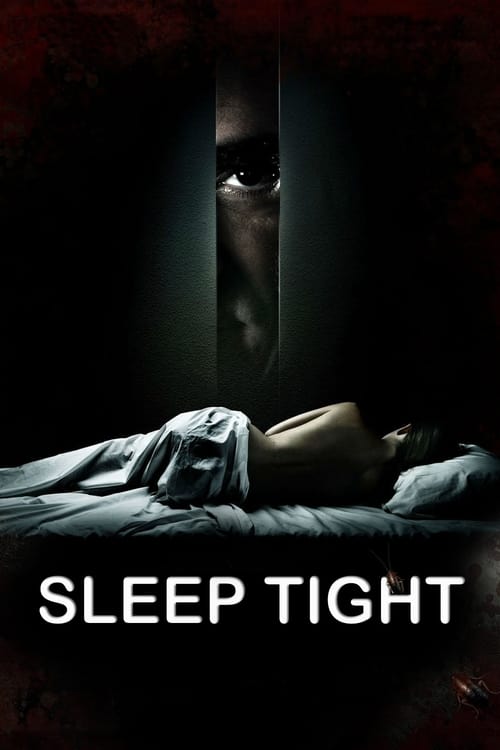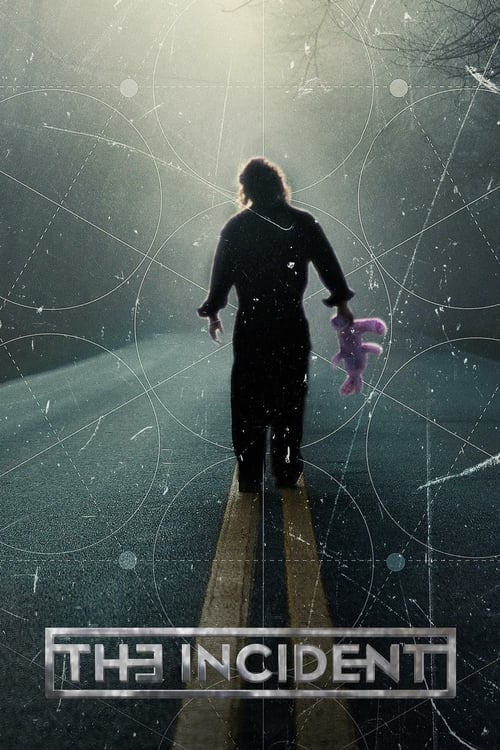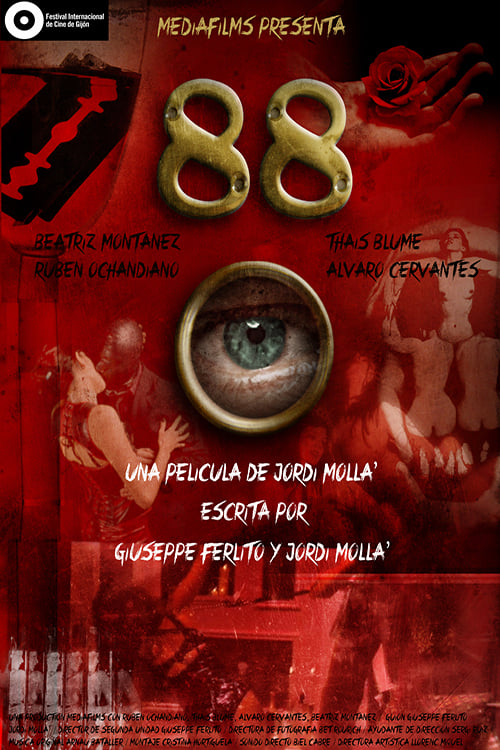
Ask Your Own Question
What is the plot?
What is the ending?
In the ending of "Shrew's Nest," the story culminates in a violent confrontation between the main characters, Montse and her sister, and the consequences of their repressed emotions and traumatic pasts. Montse, driven by her obsessive need for control and fear of abandonment, ultimately succumbs to her darker impulses. The film concludes with a tragic resolution that leaves Montse isolated and haunted by her actions.
As the final act unfolds, the tension in the cramped apartment reaches a boiling point. Montse, who has been caring for her sister, is increasingly paranoid and unstable. The arrival of a young man named Carlos, who had previously been injured and taken in by Montse, complicates the already fraught dynamic between the sisters. Montse's possessiveness over her sister, along with her growing obsession with Carlos, creates a volatile atmosphere.
In a pivotal scene, Montse's jealousy and fear of losing her sister to Carlos manifest violently. She confronts Carlos, who has been trying to establish a connection with her sister, and in a fit of rage, she attacks him. The struggle is intense, filled with desperation and raw emotion, as Montse grapples with her conflicting desires for love and control. The physicality of the fight is brutal, showcasing Montse's inner turmoil and the lengths she will go to protect her sister from perceived threats.
As the confrontation escalates, Montse's sister, who has been a silent witness to the chaos, finally finds her voice. She attempts to intervene, pleading with Montse to stop. However, Montse, consumed by her fears and insecurities, cannot hear her sister's cries. In a tragic turn, Montse's actions lead to Carlos's death, a moment that shatters the fragile world they have built within the confines of their home.
In the aftermath, Montse is left alone, surrounded by the remnants of her choices. The apartment, once a sanctuary, becomes a prison of her own making. Her sister, now aware of the depths of Montse's obsession, is left to grapple with the consequences of their shared trauma. The film closes on Montse, isolated and haunted by her actions, embodying the destructive nature of her fears and the lengths to which she went to maintain control over her life and her sister.
The fate of each character is sealed in this tragic conclusion: Montse is left to confront her own demons in solitude, her sister is left to navigate the aftermath of their tumultuous relationship, and Carlos, the unwitting catalyst of their conflict, pays the ultimate price for their unresolved issues. The ending serves as a poignant reminder of the destructive power of obsession and the complexities of familial bonds.
Is there a post-credit scene?
The movie "Shrew's Nest" (original title "Musarañas") does not have a post-credit scene. The film concludes its narrative without any additional scenes after the credits roll. The story wraps up with a tense and emotional climax, focusing on the characters' fates and the psychological themes explored throughout the film. The absence of a post-credit scene allows the audience to reflect on the intense journey of the main characters, particularly the complex relationship between the sisters and the impact of their traumatic pasts.
What is the significance of the character of Montse in Shrew's Nest?
Montse is a deeply complex character whose motivations are rooted in her traumatic past and her obsessive need for control. As a woman who has been confined to her home due to her overbearing mother and her own mental health issues, Montse's character embodies the struggle between her desire for freedom and her fear of abandonment. Her interactions with her sister, the outside world, and ultimately with the character of Carlos reveal her internal conflicts and the lengths she will go to protect her fragile sense of security.
How does the relationship between Montse and her sister, Gina, evolve throughout the film?
The relationship between Montse and Gina is central to the narrative, showcasing a dynamic that shifts from protective to increasingly toxic. Initially, Montse appears to care for Gina, who is physically frail and dependent on her. However, as Gina begins to assert her independence and develops feelings for Carlos, Montse's jealousy and possessiveness intensify. This culminates in a tragic confrontation that highlights Montse's desperation to maintain control over her sister, ultimately leading to devastating consequences.
What role does the setting of the apartment play in the story of Shrew's Nest?
The apartment serves as a claustrophobic microcosm that reflects Montse's mental state and her isolation from the outside world. The dimly lit, cluttered space becomes a character in itself, symbolizing both safety and entrapment. As the story unfolds, the apartment's oppressive atmosphere amplifies the tension between the characters, particularly during moments of conflict. The physical barriers of the apartment mirror Montse's psychological barriers, creating a sense of inescapability that heightens the film's suspense.
How does Carlos's arrival impact the dynamics between Montse and Gina?
Carlos's arrival acts as a catalyst that disrupts the already fragile balance between Montse and Gina. His charm and attention draw Gina out of her shell, igniting a spark of hope and desire in her. For Montse, Carlos represents a threat to her control and the life she has meticulously constructed. As Gina becomes more enamored with Carlos, Montse's fear of losing her sister escalates, leading to increasingly erratic behavior. This tension ultimately drives the plot towards its tragic climax, as Montse's actions become more desperate and violent.
What are the implications of Montse's mental health issues on her actions throughout the film?
Montse's mental health issues, including her obsessive-compulsive tendencies and deep-seated fears, profoundly influence her actions and decisions. Her paranoia about the outside world and her traumatic past lead her to create a suffocating environment for herself and Gina. As the film progresses, her mental state deteriorates, resulting in irrational and violent behavior, particularly towards those she perceives as threats. This descent into madness not only drives the plot but also serves as a poignant commentary on the effects of trauma and isolation.
Is this family friendly?
"Shrew's Nest," produced in 2014, is not considered family-friendly due to its intense themes and graphic content. The film contains several potentially objectionable or upsetting elements, including:
-
Violence: There are scenes depicting physical violence, including domestic abuse and self-harm, which may be distressing for viewers.
-
Psychological Tension: The film explores themes of mental illness and paranoia, creating a heavy atmosphere that may be unsettling for sensitive viewers.
-
Sexual Content: There are instances of sexual situations and implications that may not be suitable for younger audiences.
-
Gore: The film includes graphic depictions of injuries and blood, which can be disturbing.
-
Themes of Isolation and Fear: The emotional weight of isolation and fear permeates the narrative, which may resonate negatively with some viewers.
Overall, the film's dark themes and graphic content make it more appropriate for mature audiences.


















![[REC]⁴ Apocalypse (2014) poster](https://image.tmdb.org/t/p/w500/nlSSZNESHkY1iPzYnpcRvYUr7Mz.jpg)













